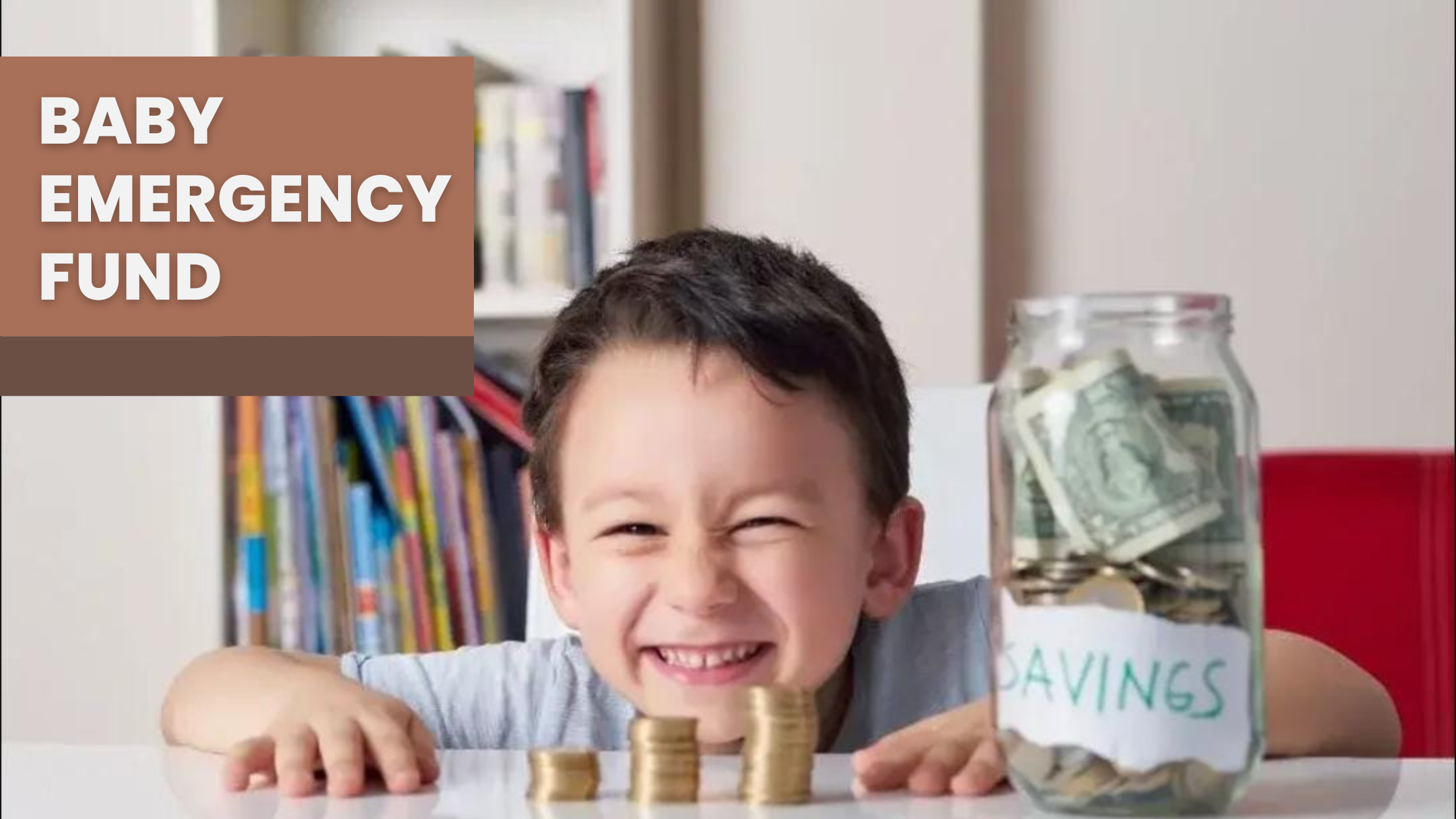Preparing for a baby is an exciting and emotional journey—but it also comes with new financial responsibilities. One of the smartest ways to protect your family’s future is by creating a baby emergency fund. Whether you’re weeks away from your due date or in the early stages of pregnancy, having a dedicated safety net will reduce money stress and help you face the unexpected with confidence.
Let’s break down how to build a emergency fund for your baby—without stressing out or sacrificing your entire budget.
Why Do New Parents Need an Emergency Fund?
A baby changes everything—including your financial picture. While you may already have general savings, a baby-focused emergency fund is a specific pool of money set aside for:
- Unexpected medical expenses (hospital bills, ER visits)
- Income gaps during maternity/paternity leave
- Baby gear replacements or repairs
- Childcare delays or cost changes
- Parental job changes or reduced work hours
An emergency fund ensures that these situations don’t derail your financial stability.
1. Set a Realistic Goal (Not a Scary One)
Don’t get overwhelmed by the idea of saving thousands immediately. A good starting point is $1,000 to $3,000—then aim to build 3 to 6 months of essential expenses over time.
Ask yourself: – What are my fixed monthly costs (rent, groceries, baby care)? – What surprises might happen in the first year?
Pro Tip: Use a budgeting app to calculate your “survival expenses” so you know what your fund needs to cover.
2. Open a Separate High-Yield Savings Account
To avoid dipping into your emergency fund for everyday purchases, keep it separate from your checking account.
Choose a high-yield savings account with: – No monthly fees – Quick access (not locked in) – Competitive interest rates (as of 2025, look for 4%+ APY)
Popular options include Ally, Marcus by Goldman Sachs, and Capital One 360.
3. Automate Your Savings (Set It & Forget It)
Consistency is key. Automate small transfers from your checking account into your emergency fund:
- Weekly or bi-weekly contributions
- Even $25–$50 a week adds up fast
- Schedule it right after payday
Example: Saving $40/week = $2,080 saved in one year—without noticing a major lifestyle change.
4. Use Windfalls & Baby Gifts Wisely
If you receive a tax refund, work bonus, or baby shower gift money, put a portion toward your emergency fund.
💡 Smart idea: Split windfalls 3 ways: – 50% to emergency fund – 30% to baby essentials – 20% for personal or fun use
This helps you feel rewarded and responsible.
5. Reduce & Reallocate Non-Essential Spending
Instead of trying to “find extra money,” rework what you already spend:
- Cancel unused subscriptions (streaming, apps, memberships)
- Cut back on takeout or coffee runs temporarily
- Reduce clothing/shopping budgets
- Look for insurance or utility discounts
Redirect those savings directly into your baby fund.
6. Create a Baby Budget Worksheet
Track and plan for your baby’s first-year expenses so surprises don’t drain your emergency fund.
Break it down by: – One-time costs (crib, stroller, car seat) – Monthly costs (diapers, formula, wipes) – Medical expenses (copays, checkups)
You can find free baby budget templates online or use spreadsheet apps like Google Sheets.
7. Say No to Baby Overload
Marketers love new parents, but not everything is essential. Avoid overspending on trendy gear, gadgets, or nursery decor.
- Ask friends what they actually used
- Buy secondhand (Facebook Marketplace, Buy Nothing groups)
- Borrow from family or friends
Saving tip: Every dollar not spent can go toward your emergency fund.
8. Prepare for Parental Leave Gaps
Many new parents face unpaid leave or reduced income. Start planning early:
- Review your employer benefits (PTO, paid leave, short-term disability)
- Check your state’s paid family leave program
- Estimate how much income you’ll lose during leave
Use your emergency fund as a backup plan for any unpaid weeks.
9. Revisit & Rebuild After Baby Arrives
Once your baby is here, your finances will shift again. Be sure to: – Review your new monthly budget – Rebuild the fund after using it – Adjust your goal based on real expenses
Even if you use part of your fund, that’s exactly what it’s there for!
10. Don’t Let Perfection Delay Progress
You don’t need to hit your full goal before the baby comes. Even a small fund can be a game changer.
Start now with what you have.
Stay consistent.
Celebrate small wins.
Financial peace of mind comes from momentum, not perfection.
Final Thoughts
A baby emergency fund gives you more than money—it gives you confidence. With a plan in place, you’ll worry less about surprise bills or income gaps, and focus more on bonding with your little one.
By starting early and saving steadily, you can build a financial cushion that protects your growing family—without stressing out.


Leave a Reply